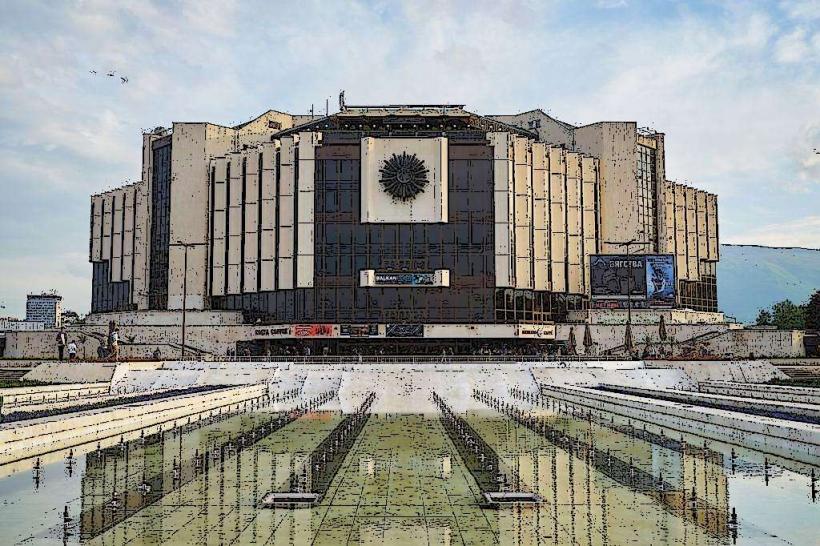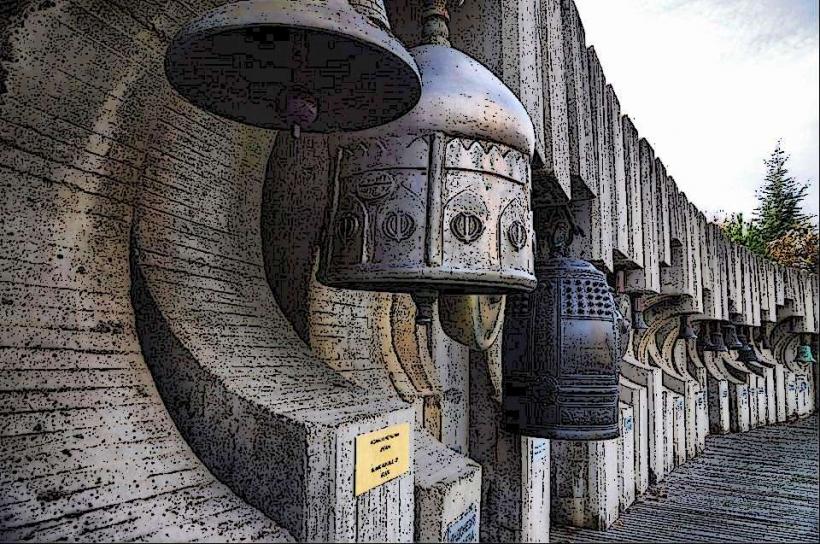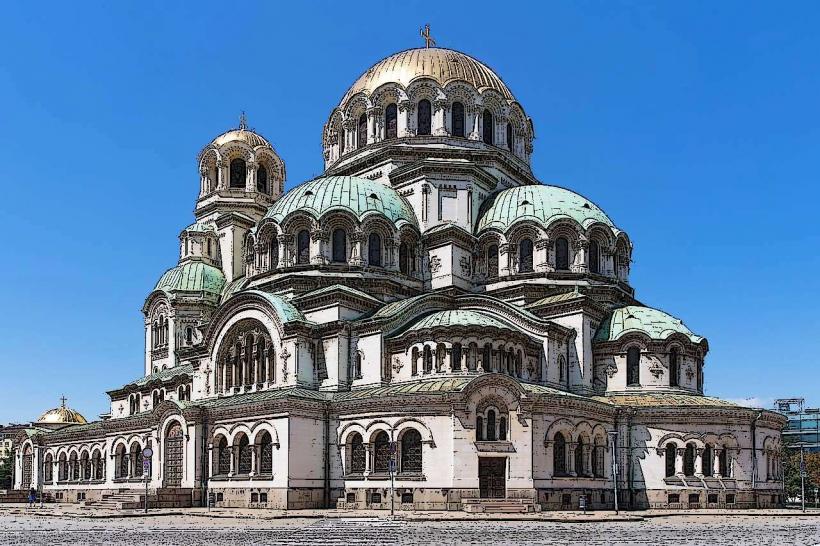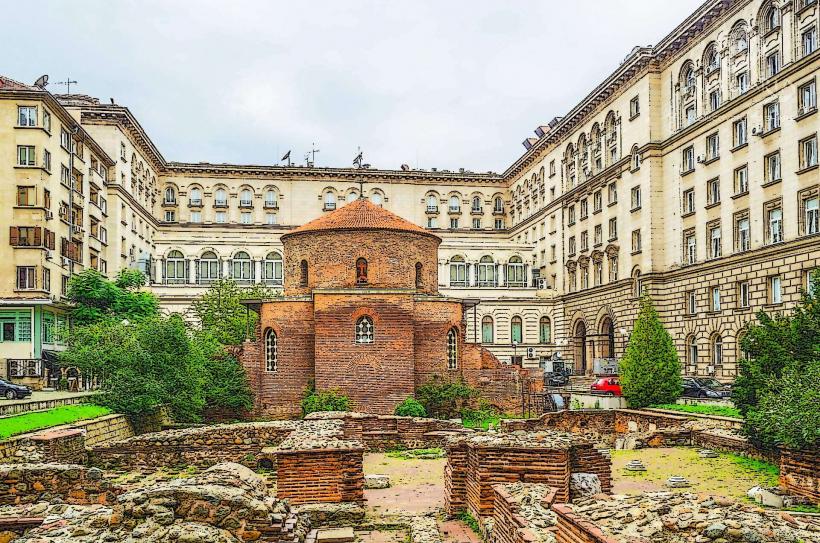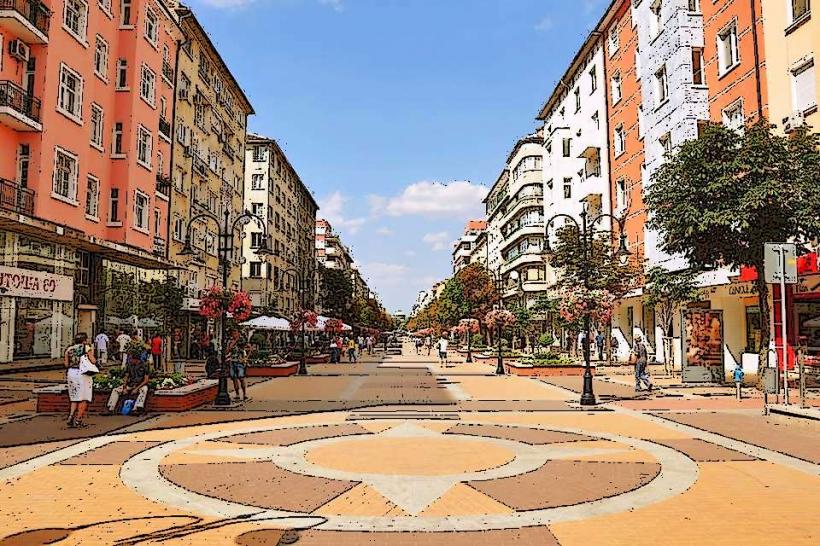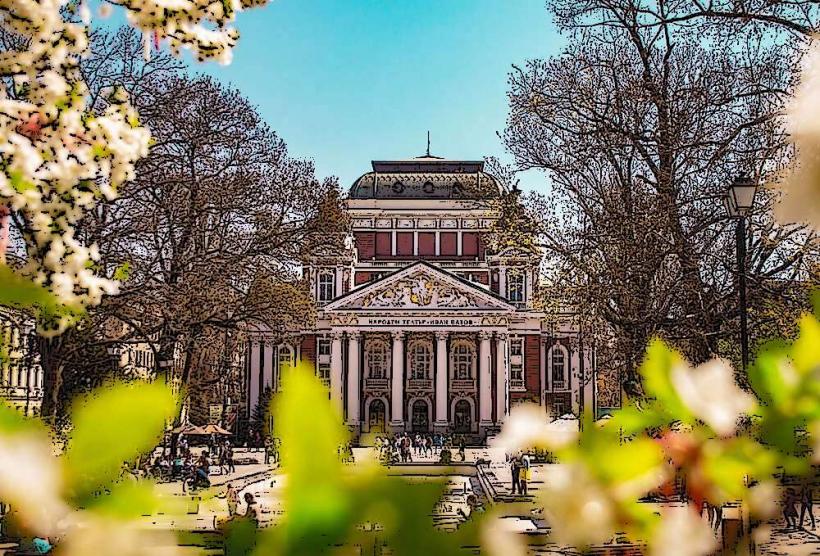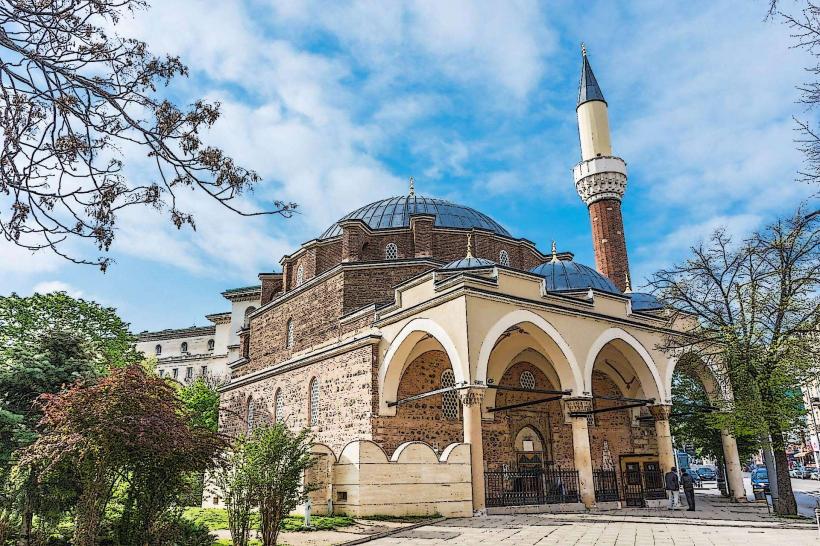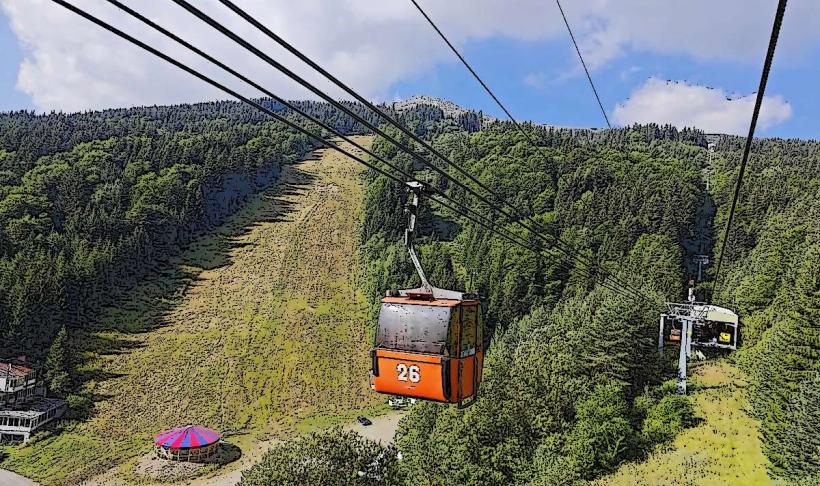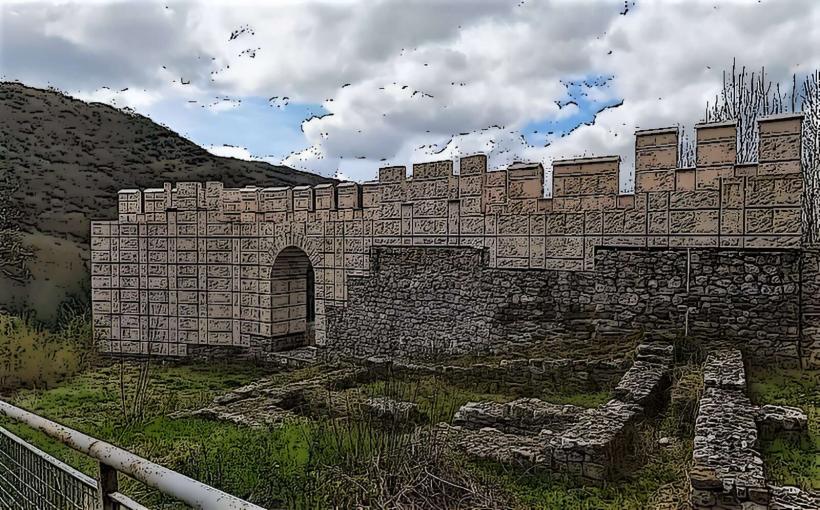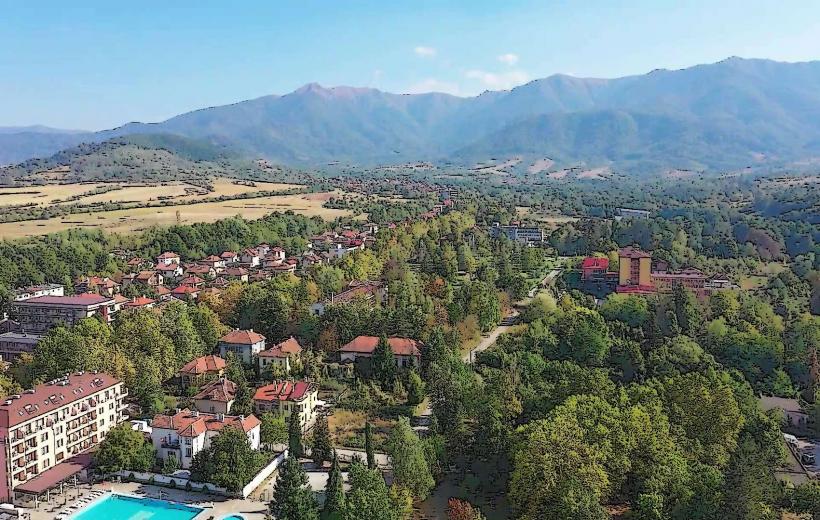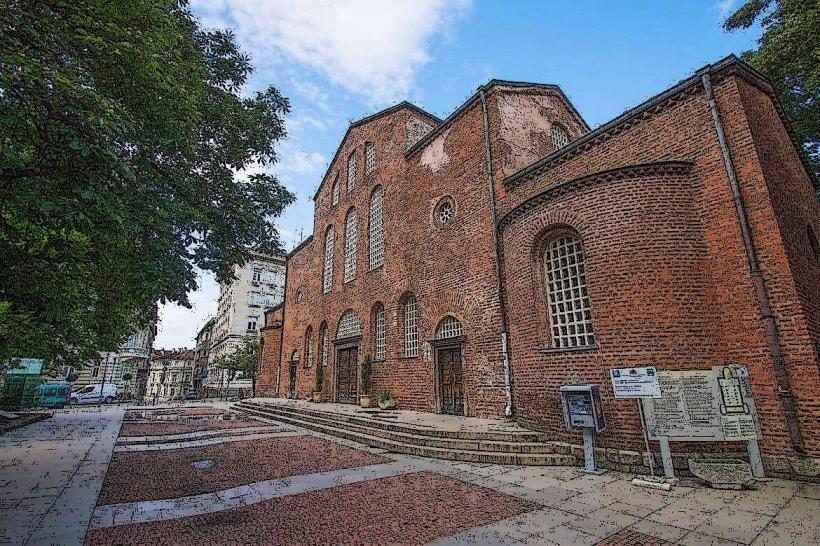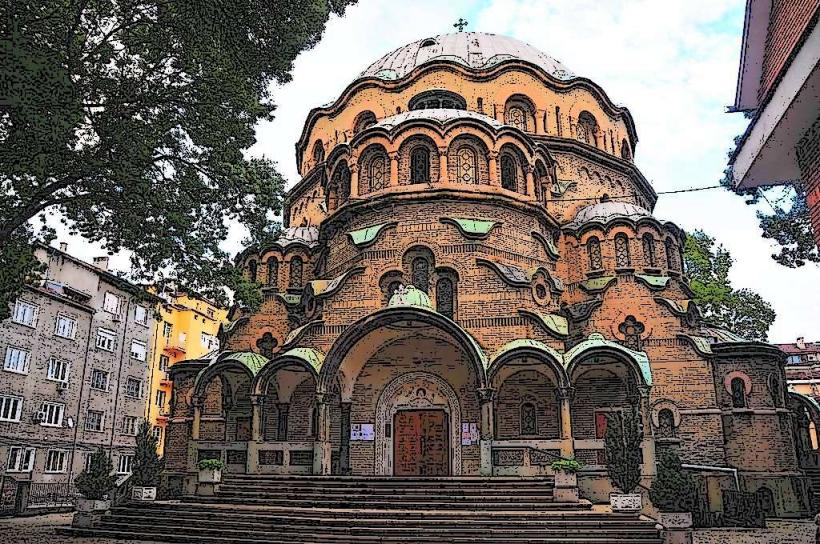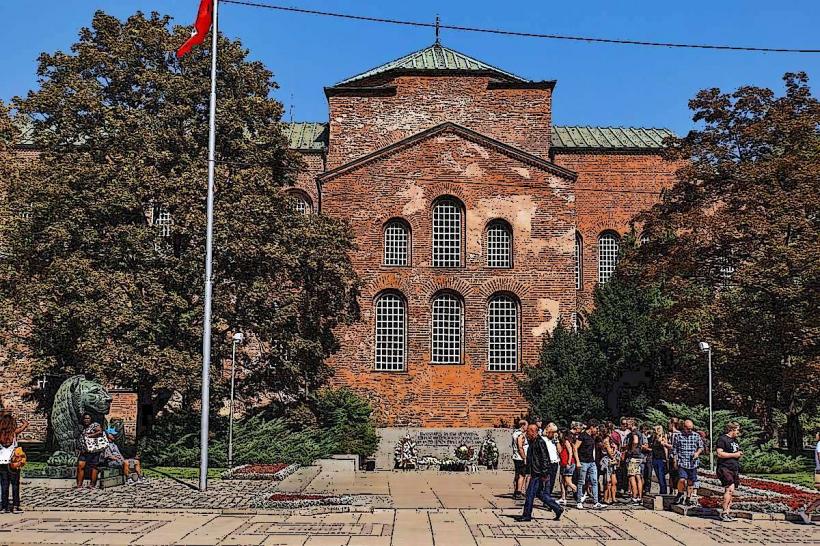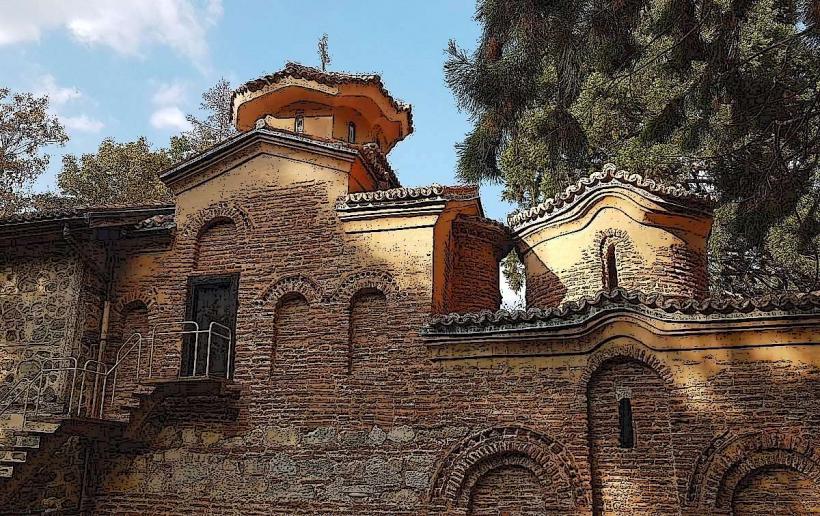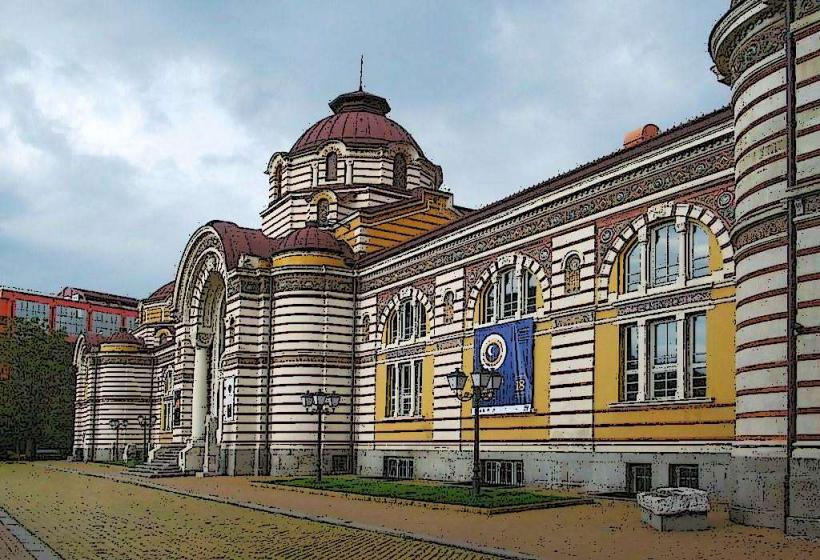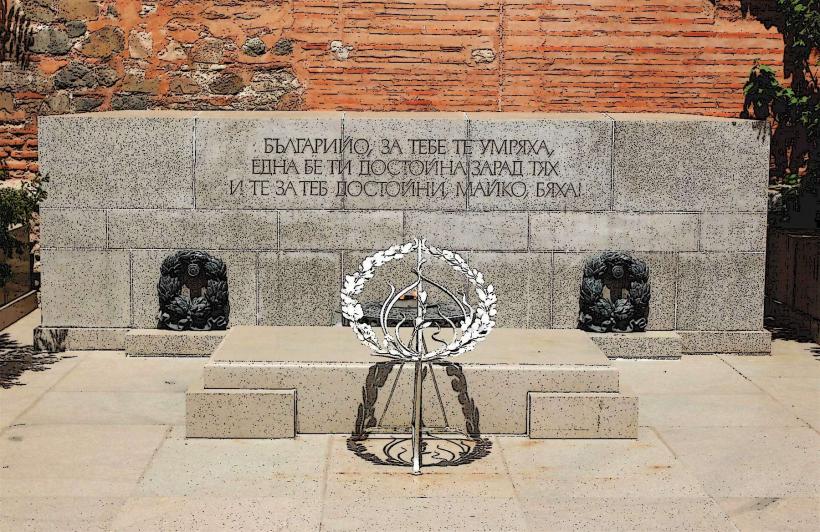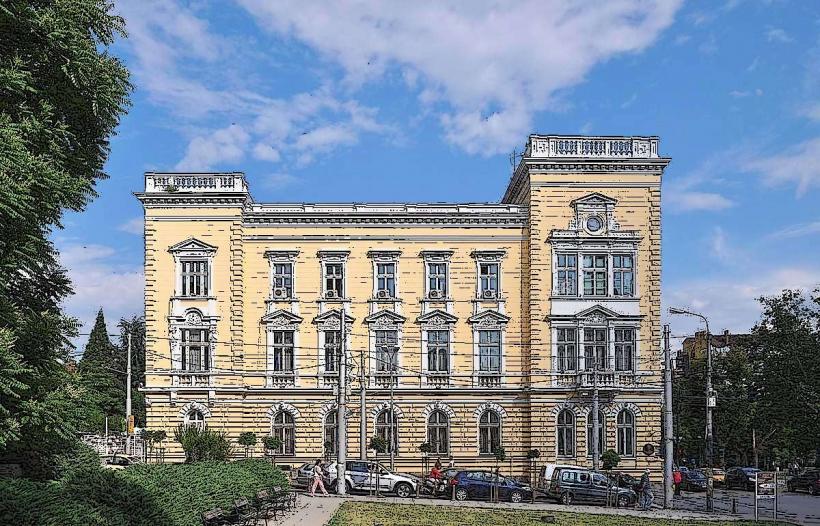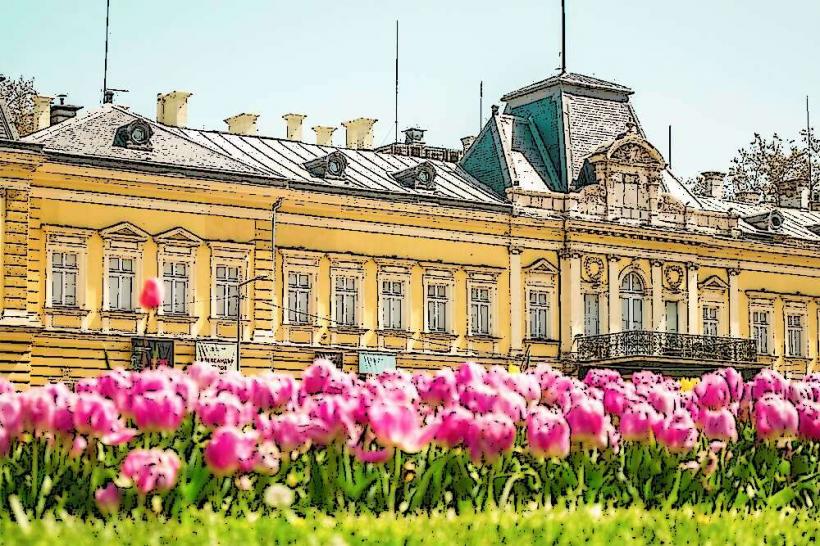Information
Landmark: Vitosha Nature ParkCity: Sofia
Country: Bulgaria
Continent: Europe
Vitosha Nature Park, located just south of Sofia, Bulgaria, is one of the oldest national parks in the Balkans and a cherished destination for both locals and tourists. Established in 1934, Vitosha Park offers a stunning landscape of mountains, forests, waterfalls, and alpine meadows, making it a natural paradise and a hub for outdoor activities year-round.
Location and Geography
- Vitosha Park spans nearly 270 square kilometers and encompasses much of the Vitosha Mountain range, with Sofia located to its north. The park’s highest peak is Cherni Vrah (Black Peak), standing at 2,290 meters above sea level.
- Vitosha Mountain has a unique geological formation called "stone rivers" or "moraines," consisting of vast stretches of boulders and stone fields that give the landscape a distinct character.
- The park is bordered by valleys and rivers, including the Struma River to the south, providing varied ecosystems and rich biodiversity.
Flora and Fauna
- Vitosha Nature Park is home to an impressive diversity of plant species, including beech, spruce, and pine forests. Above the tree line, alpine meadows are filled with wildflowers like gentians, edelweiss, and rare orchids, especially in spring and summer.
- The park is a habitat for a wide range of wildlife, including red deer, roe deer, wild boar, foxes, and various bird species such as golden eagles and owls. Vitosha also supports populations of smaller mammals like hares and martens, as well as rare amphibians and reptiles.
Natural Attractions
- Cherni Vrah (Black Peak): The highest point of the mountain, Cherni Vrah offers panoramic views of Sofia, the Balkan Mountains, and the Rila Mountains. It's accessible by hiking trails and cable lifts, making it a popular destination for trekkers and tourists.
- Boyana Waterfall: One of the largest waterfalls in the park, located near Boyana village. It’s a popular spot for a refreshing hike, especially in spring when the waterfall is most powerful due to melting snow.
- Stone Rivers: These large, naturally occurring rock formations consist of river-like streams of boulders. The Duhlata River Valley is especially known for its prominent stone river formations, which add a rugged, ancient feel to the landscape.
- Duhlata Cave: The longest cave in Bulgaria, stretching about 18 kilometers, is a multi-level maze of passageways filled with stalactites and stalagmites. It’s accessible to experienced cavers and researchers due to its complexity.
Outdoor Activities
- Hiking and Trekking: Vitosha Park offers numerous trails of varying difficulty levels, from easy, family-friendly hikes to challenging routes for experienced hikers. Popular trails lead to Cherni Vrah, Boyana Waterfall, and the Golden Bridges.
- Skiing and Snowboarding: Vitosha is a well-known winter sports destination. The Aleko Ski Resort is the primary ski area, offering slopes for all skill levels and facilities for skiing, snowboarding, and snowshoeing.
- Mountain Biking: The park has designated trails for mountain biking, especially around Aleko, and offers exciting terrain for bikers seeking adventure.
- Paragliding: Vitosha’s high vantage points make it a popular spot for paragliding, offering stunning aerial views over Sofia and the surrounding landscape.
Visitor Facilities and Accessibility
- Aleko Chalet: Located near Aleko Ski Resort, this mountain hut serves as a base for skiers in winter and hikers in summer. It has basic facilities for visitors, including food and accommodations.
- Public Transportation: Vitosha Park is easily accessible from Sofia by public transportation, with buses and lifts available to transport visitors up the mountain.
- Cable Lifts: The Simeonovo cable lift connects Sofia with Aleko Ski Resort, allowing for easy access to the higher parts of the park.
Environmental Significance and Conservation
- Vitosha Park is recognized as a valuable ecosystem, containing several protected areas and reserves, including Bistrishko Branishte and Torfeno Branishte. These areas contain fragile alpine environments and rare species, and they are carefully managed to preserve their ecological balance.
- Conservation efforts focus on protecting the park’s biodiversity, preventing erosion, and managing the impact of tourism. Hiking trails and routes are well-marked to keep visitors from venturing into sensitive areas.
Cultural and Historical Significance
- Vitosha has long been a cultural landmark for Sofia’s residents. Many local legends and traditions are tied to the mountain, and it’s a popular site for family outings and school field trips.
- Boyana Church, located on the park’s edge, is an important historical monument, with frescoes dating back to the 13th century, and is a UNESCO World Heritage Site.
Tips for Visitors
- Weather: Vitosha’s weather can change quickly, especially at higher altitudes. It’s advisable to check weather conditions before visiting and bring layers even in summer.
- Safety: Marked trails are well-maintained, but visitors should stick to them to avoid getting lost. Maps and local guides are available, and phone service is generally good in case of emergencies.
- Best Time to Visit: Spring and summer are ideal for hiking, as the meadows are in full bloom. Winter attracts skiers, with reliable snowfall on the higher slopes.
Vitosha Nature Park is an essential part of Sofia’s cultural and natural heritage, offering stunning landscapes and recreational opportunities for every season. Its accessibility and diverse activities make it a perfect retreat for nature lovers and a source of pride for Bulgarians.

